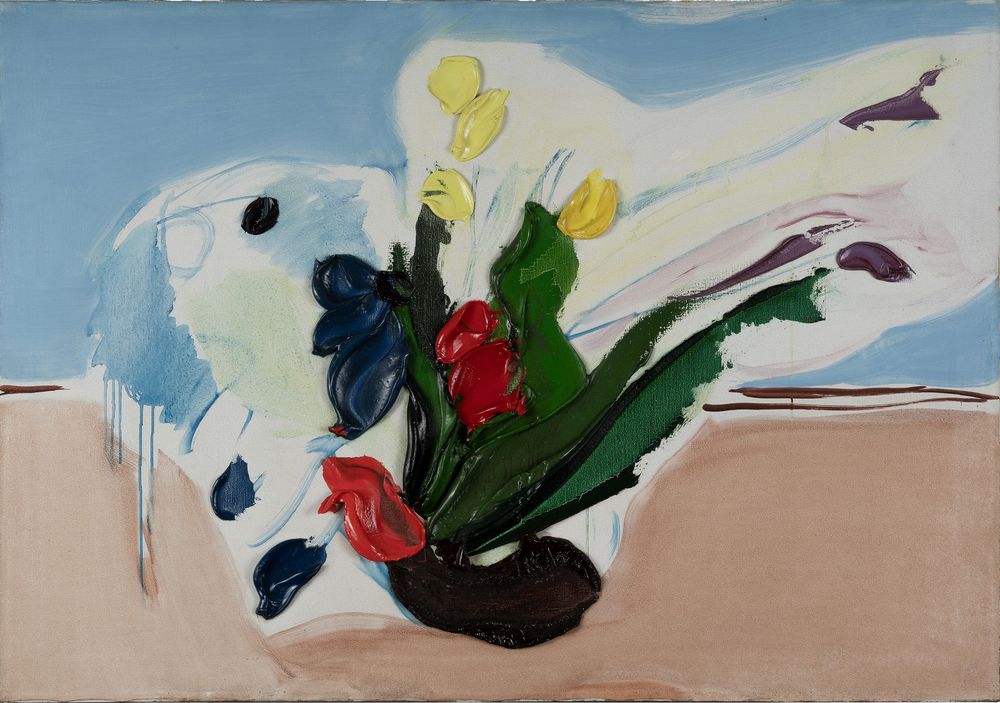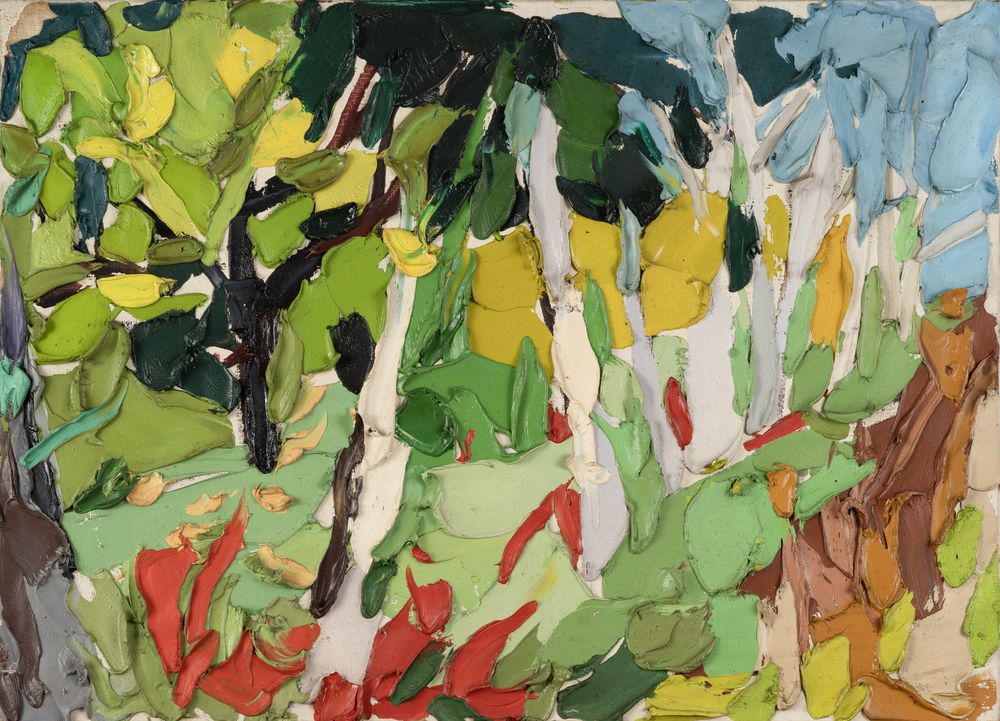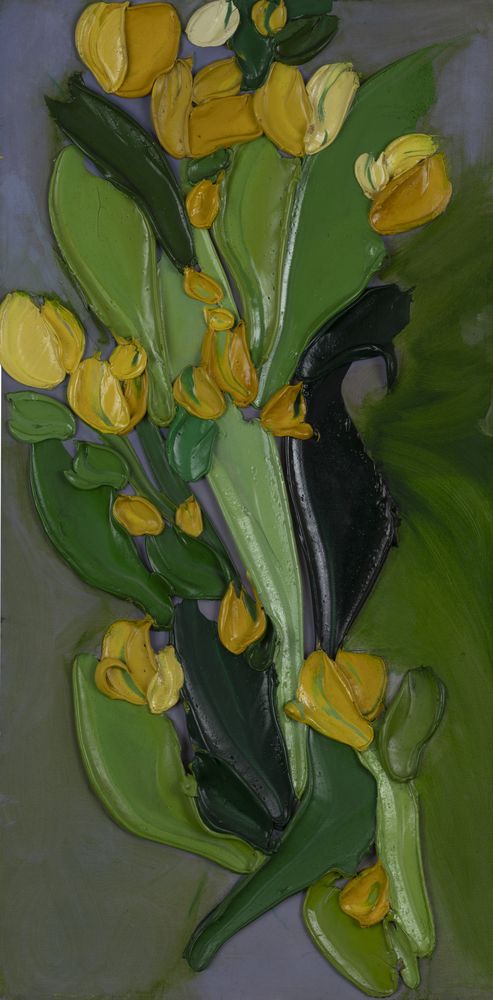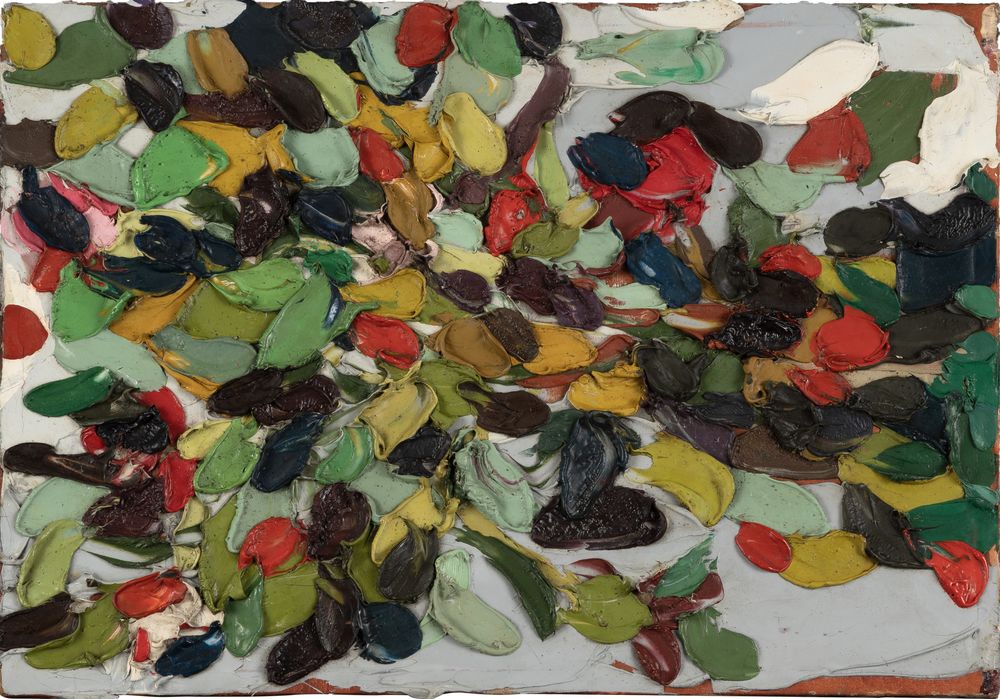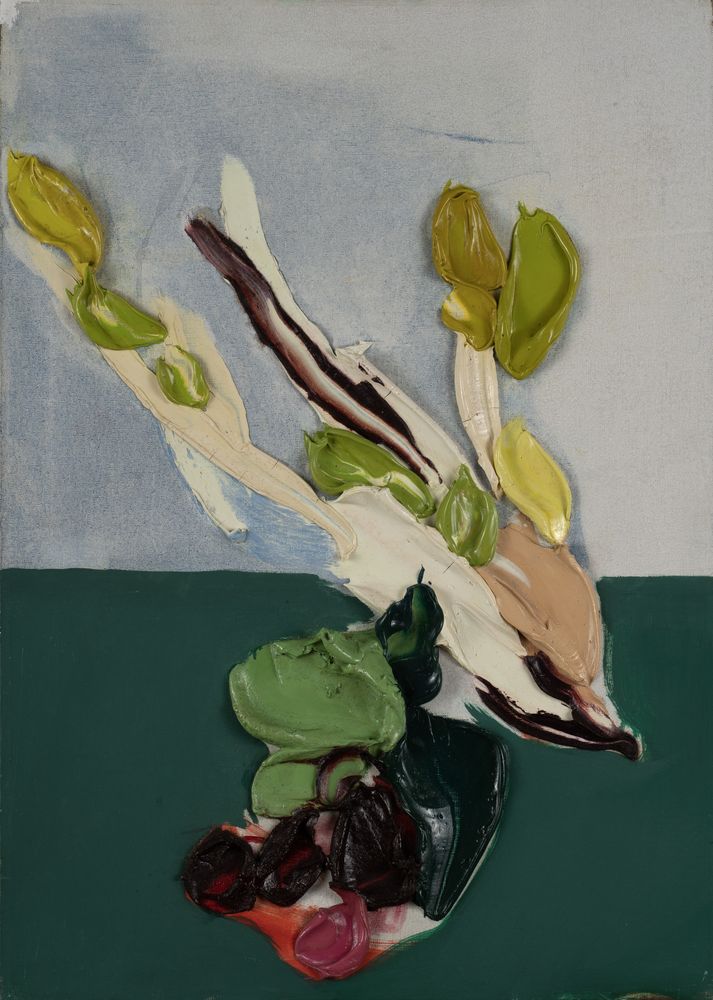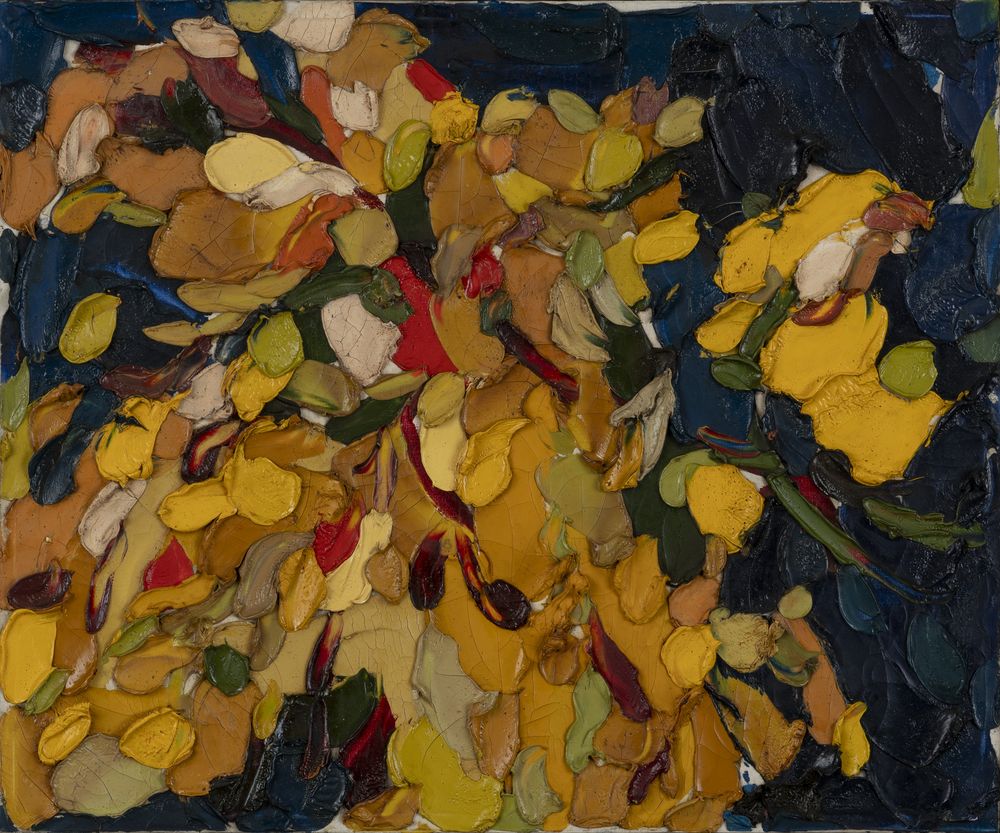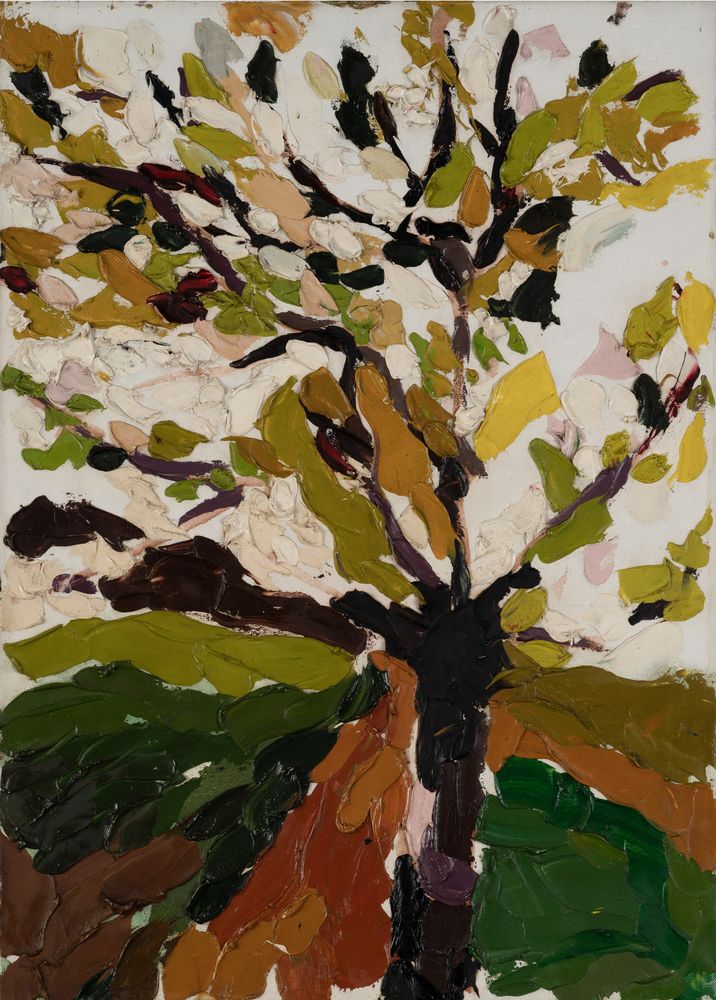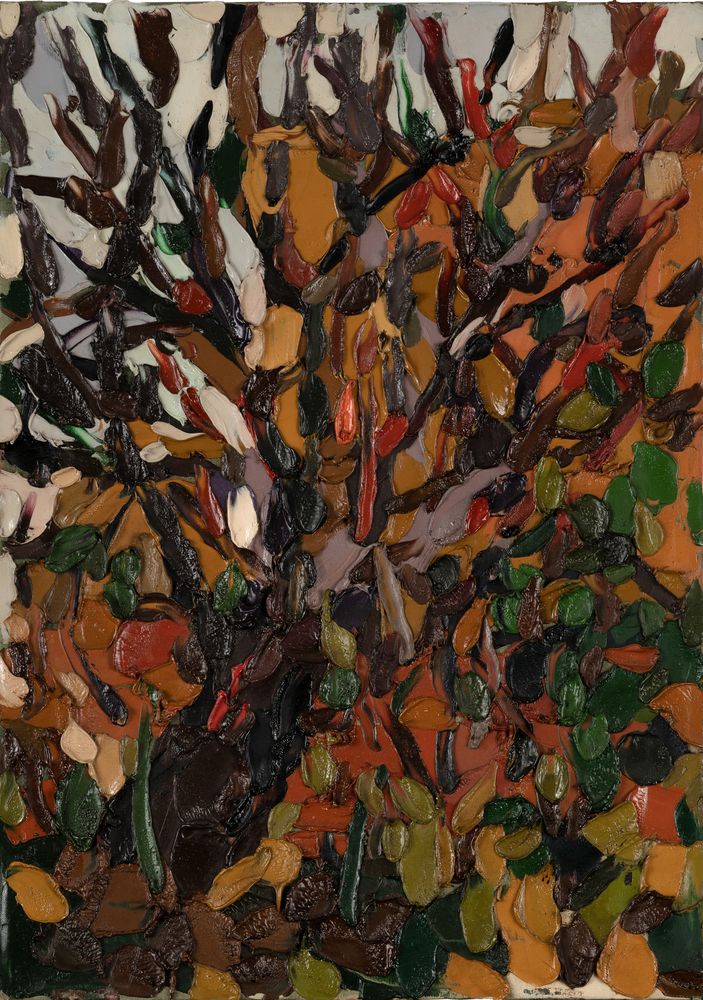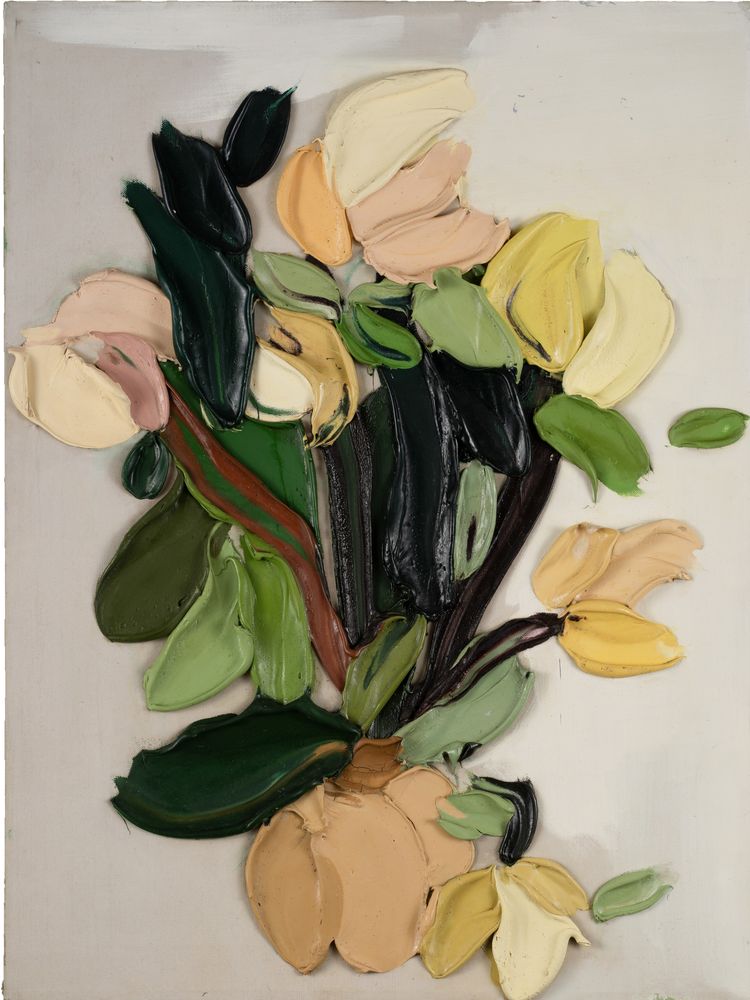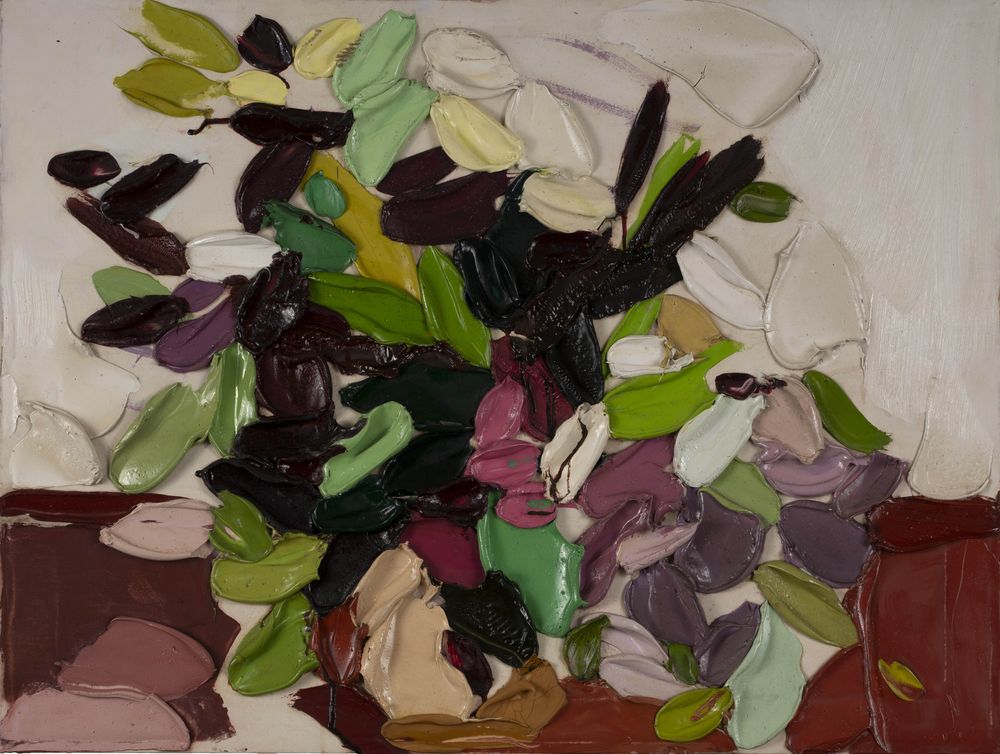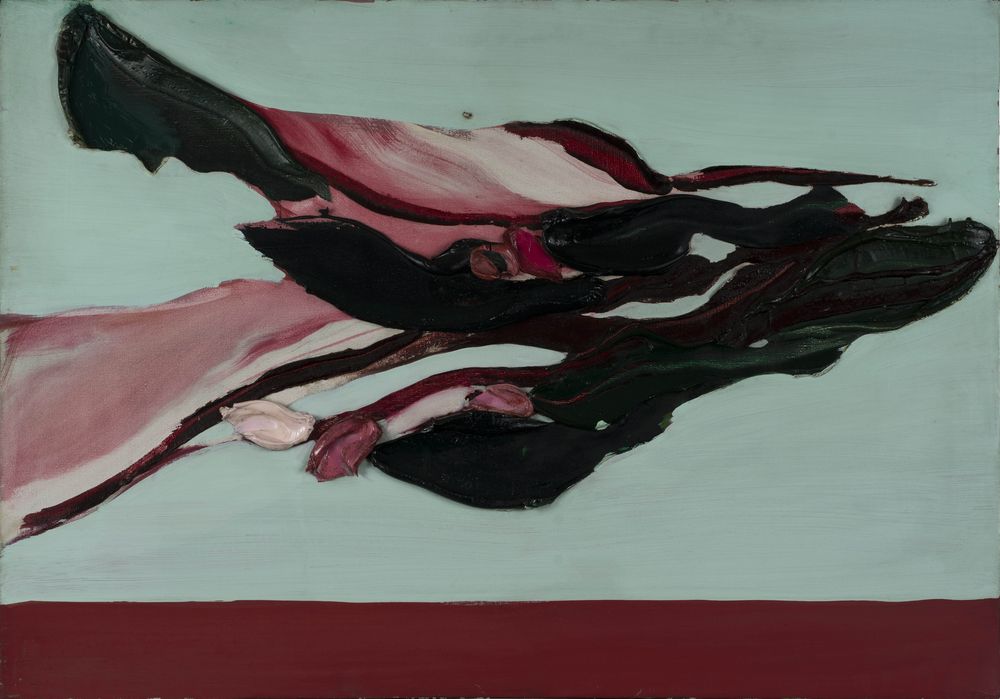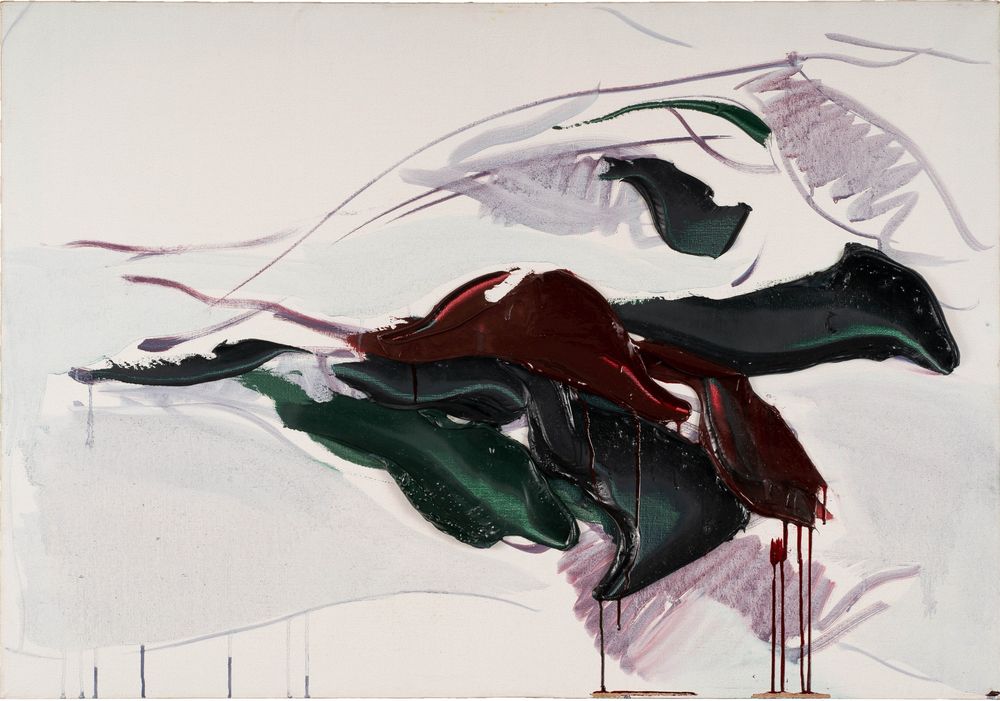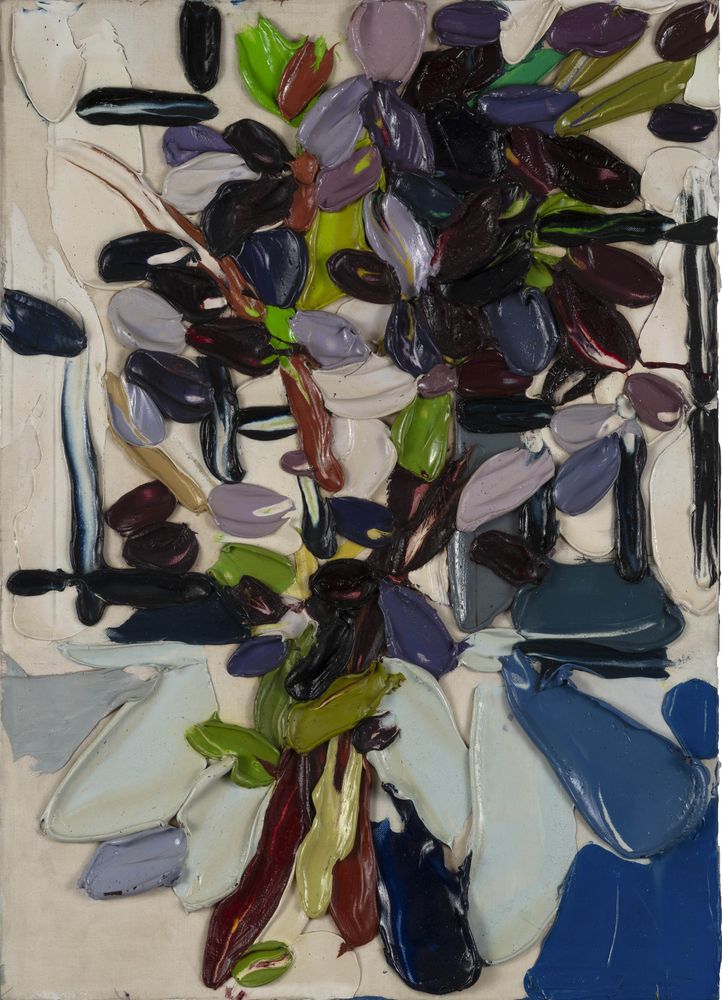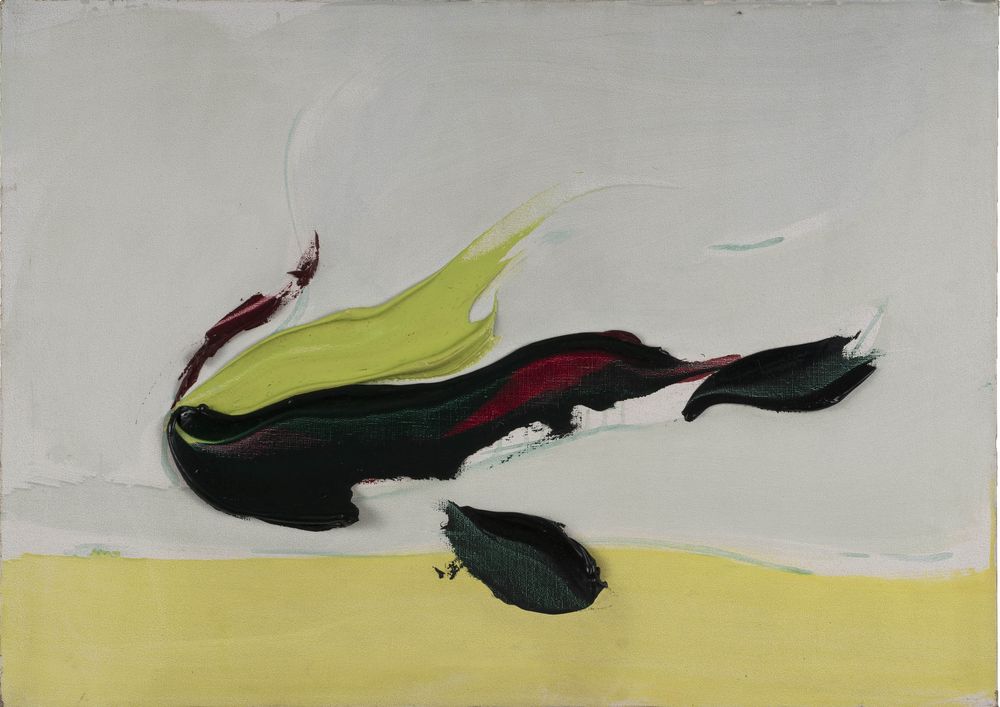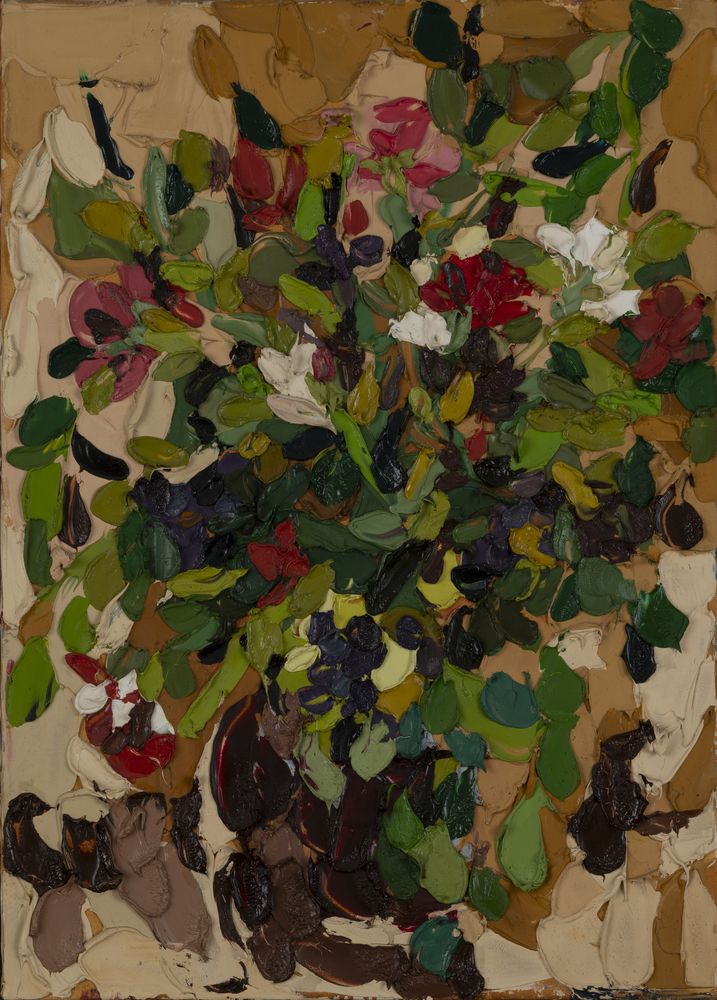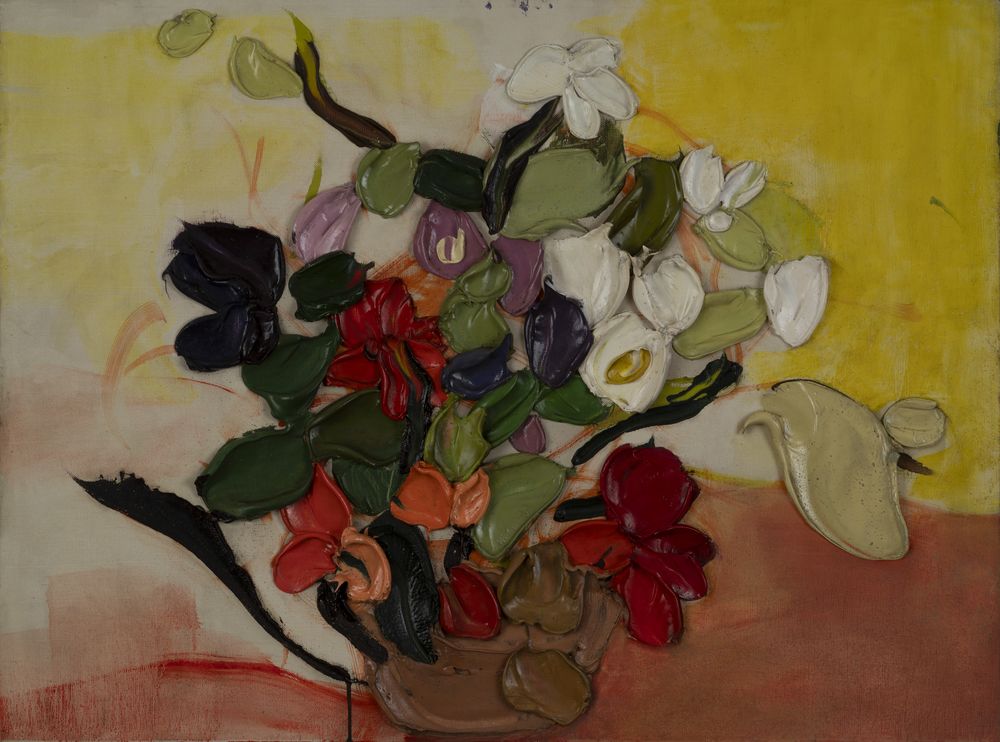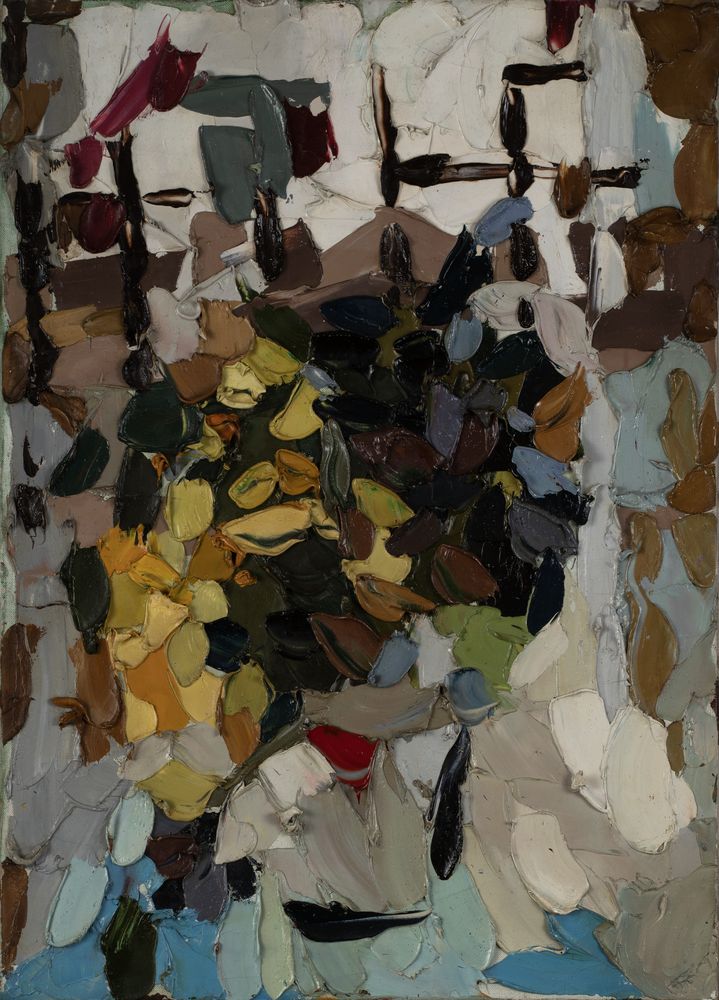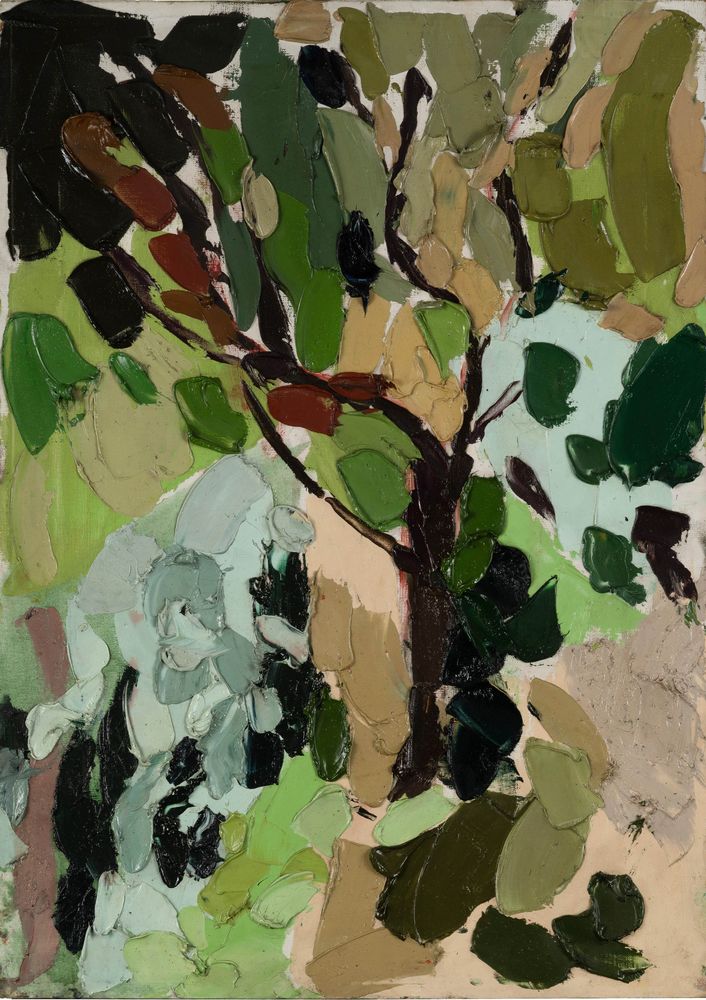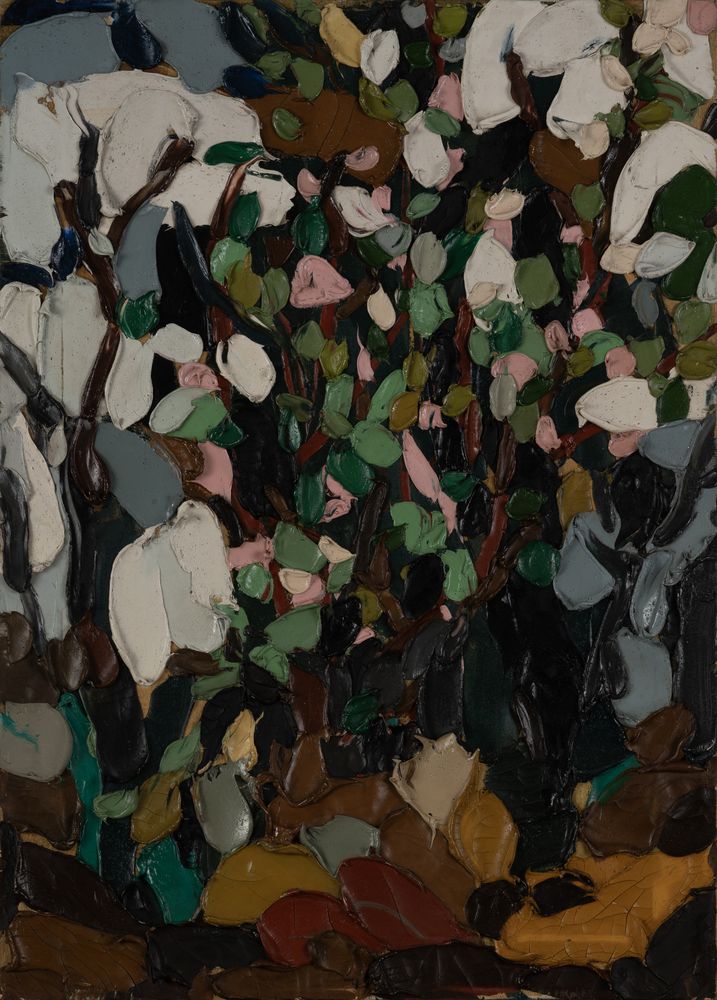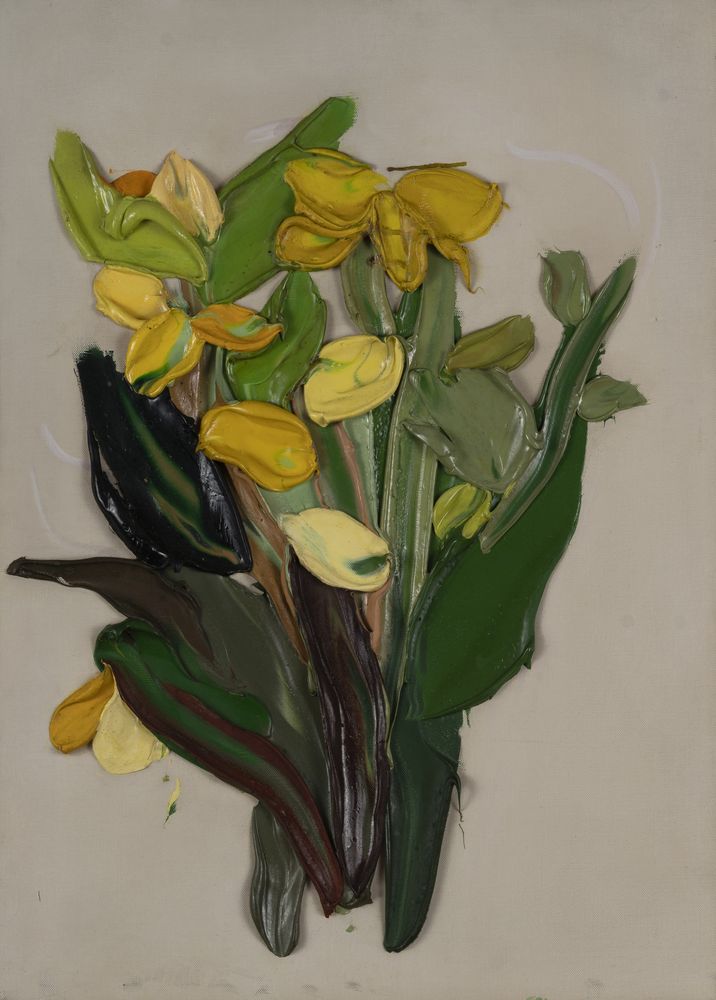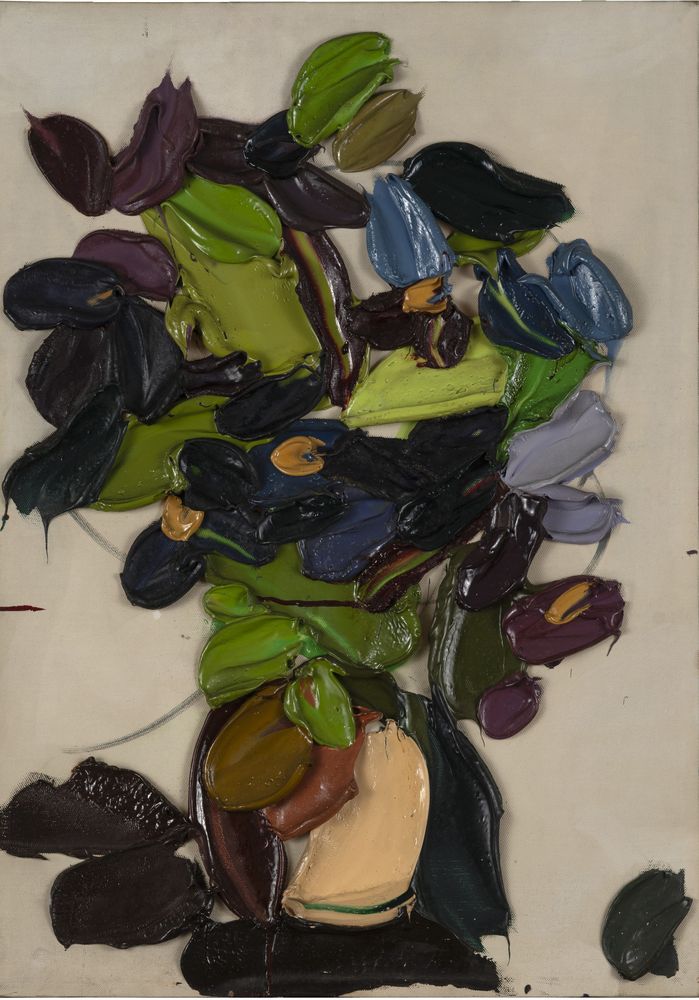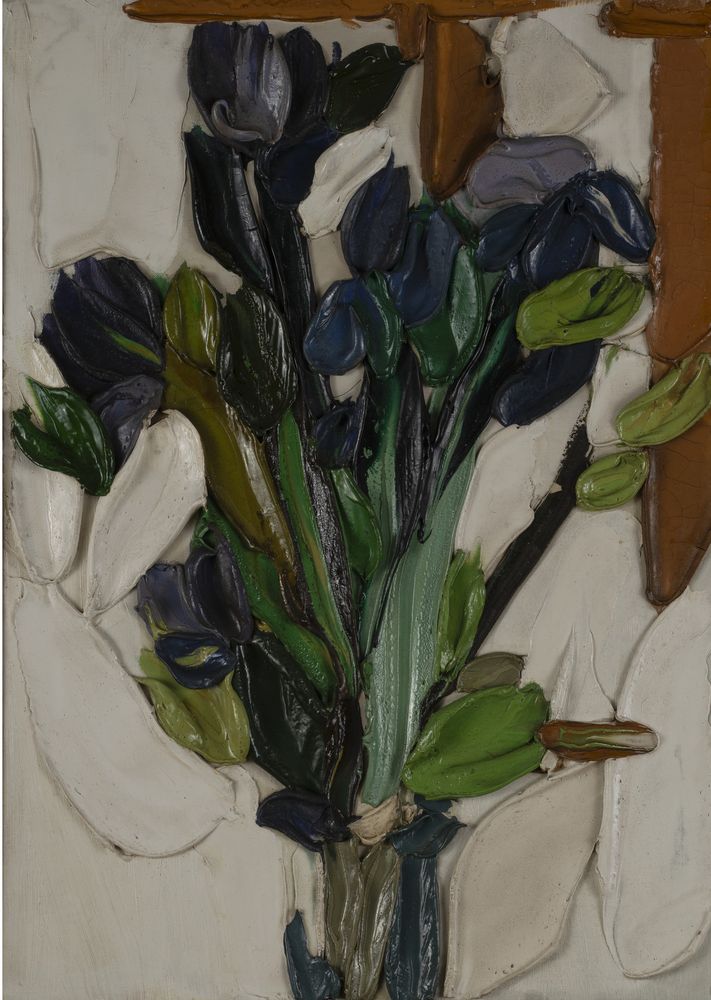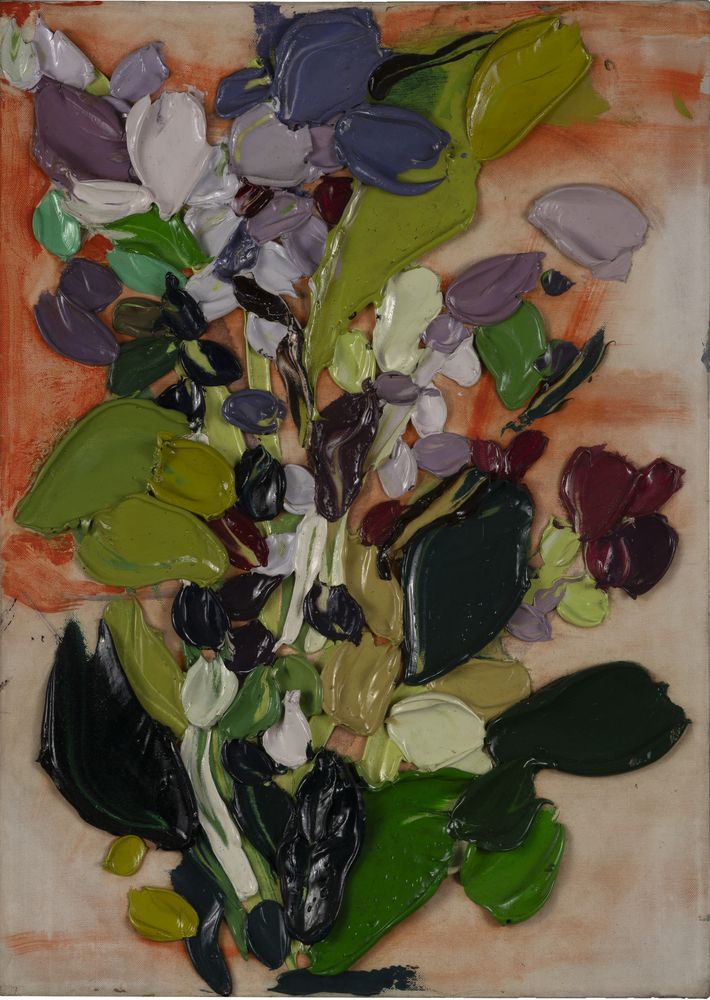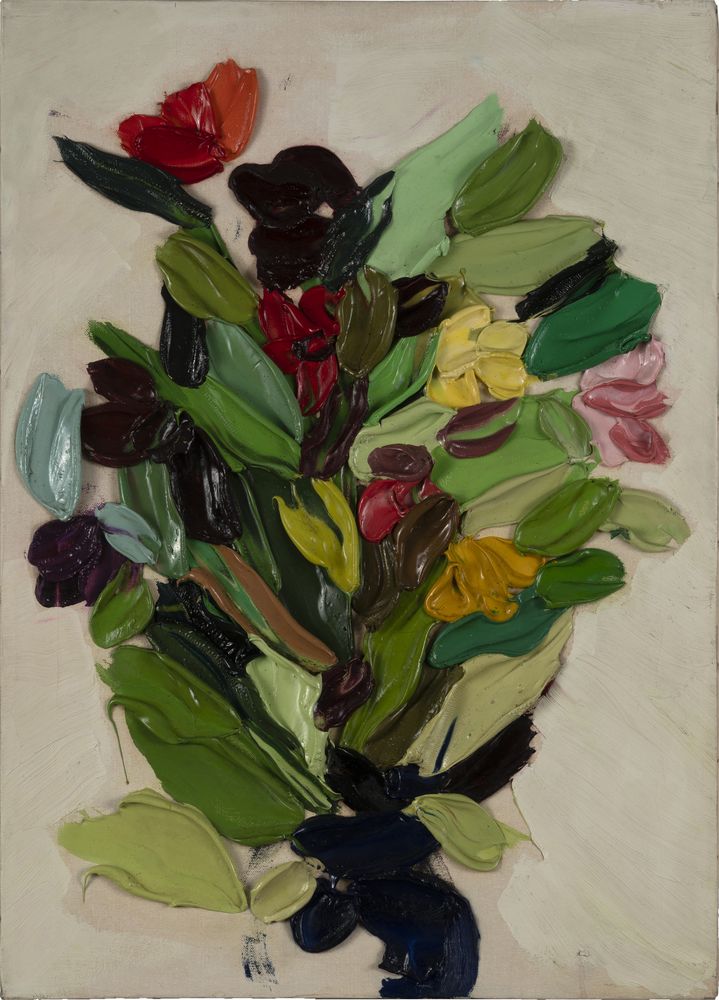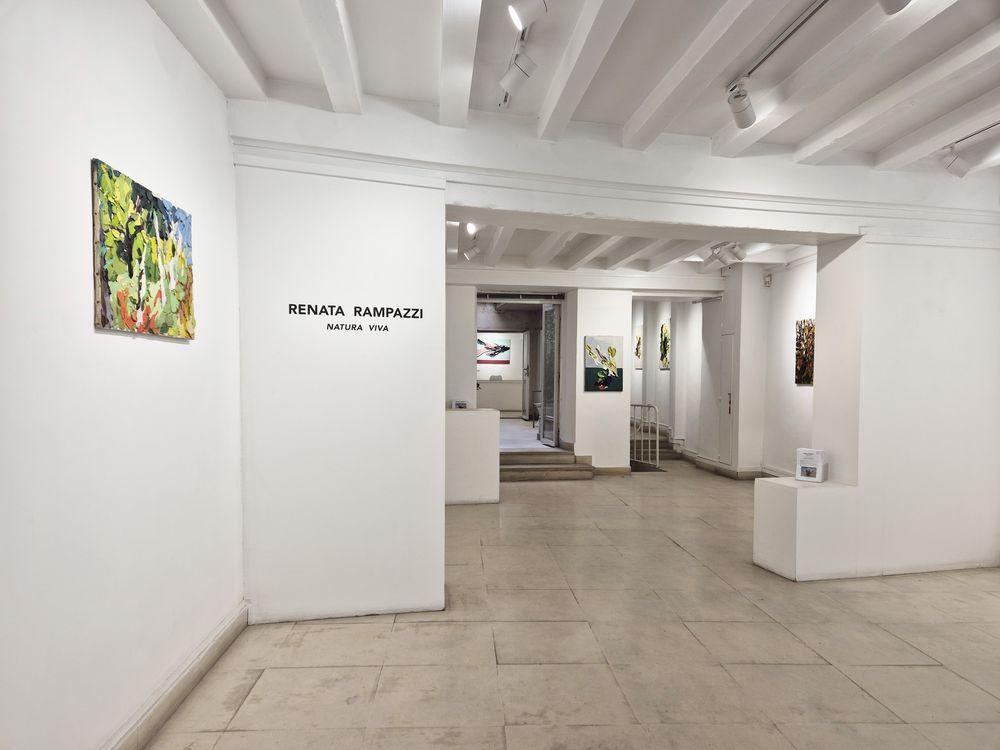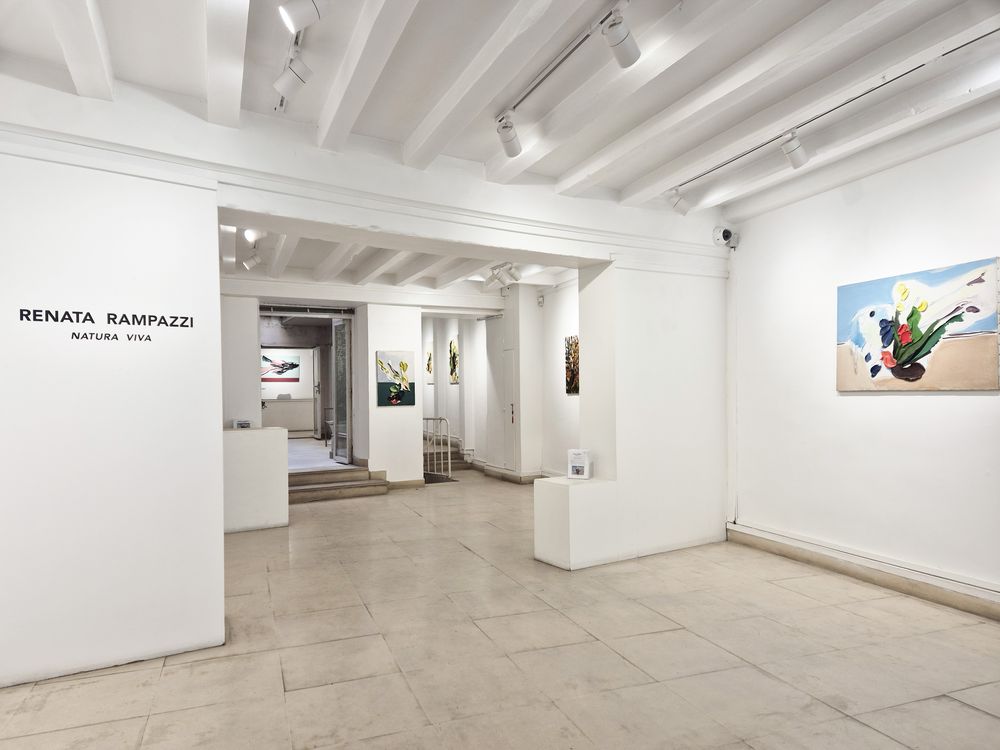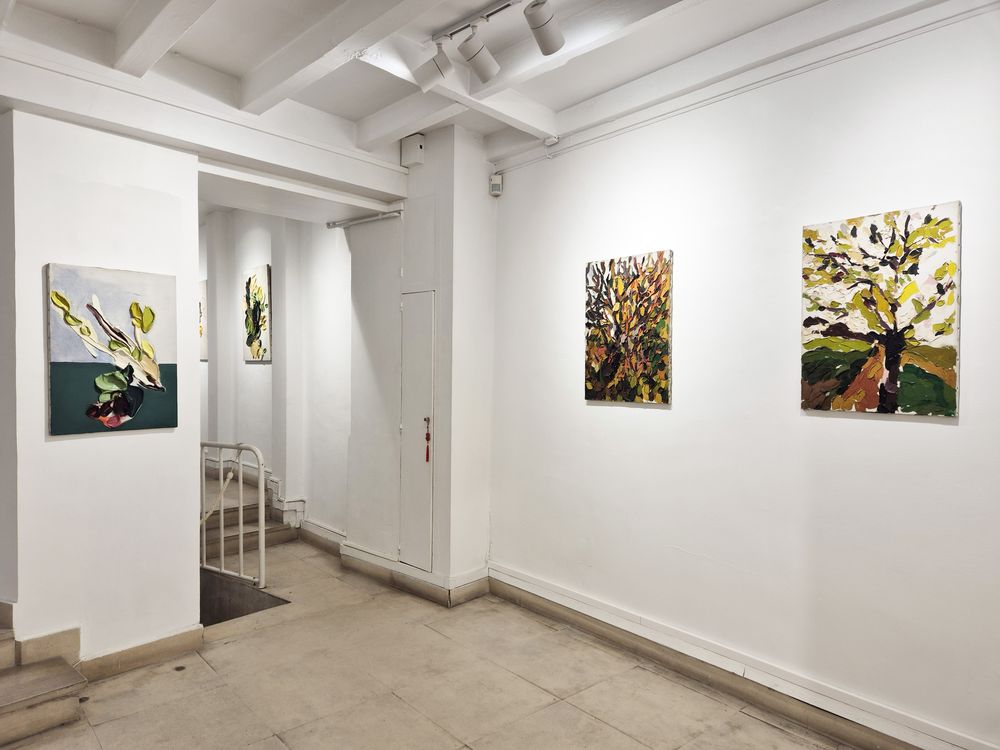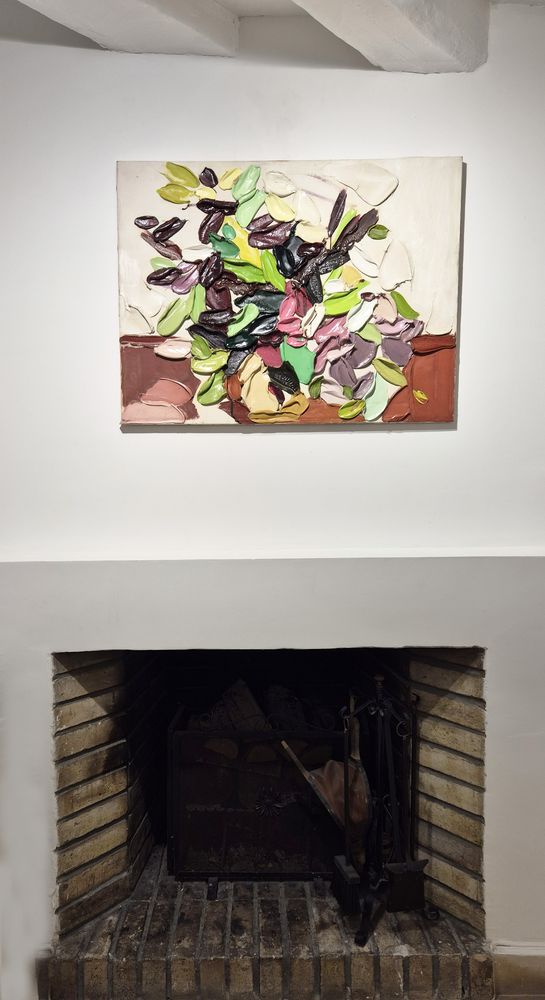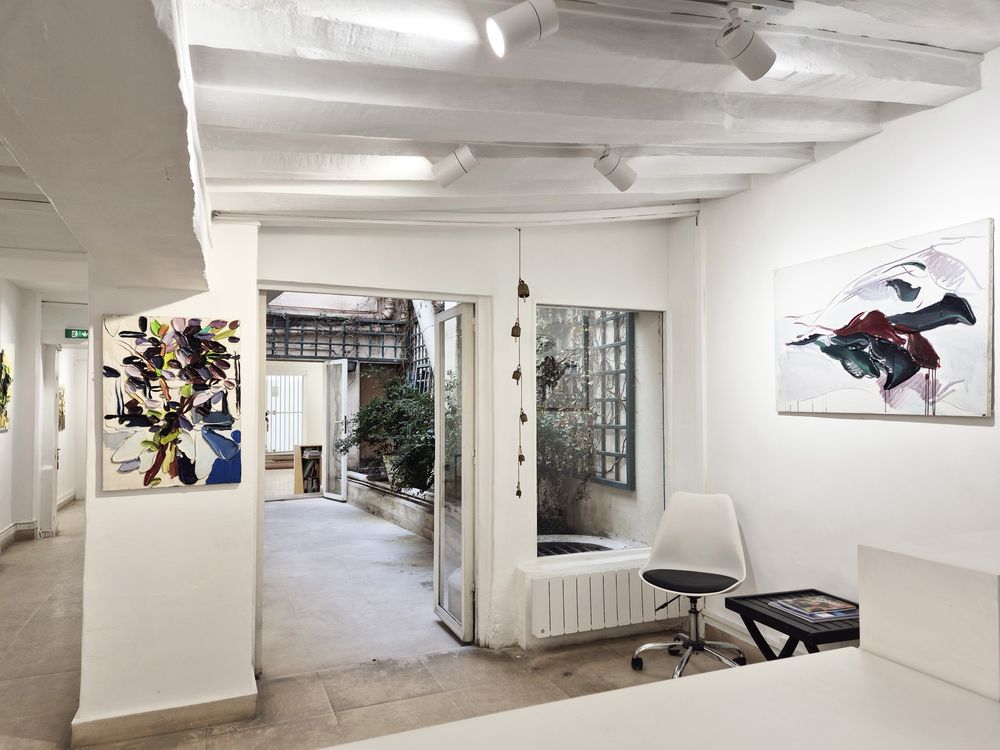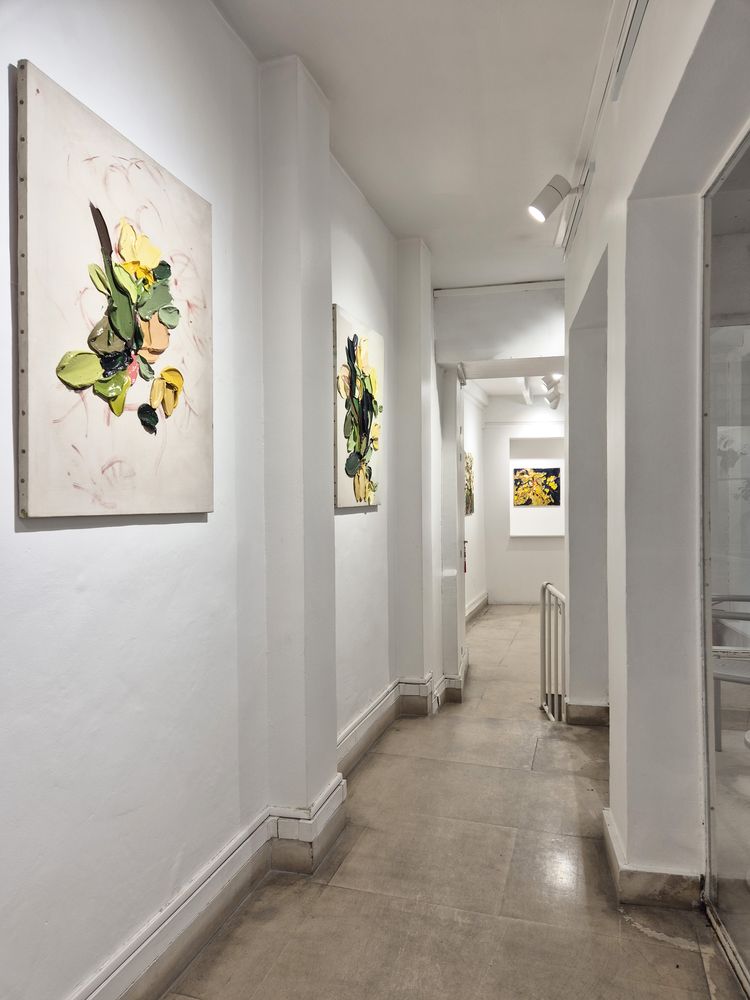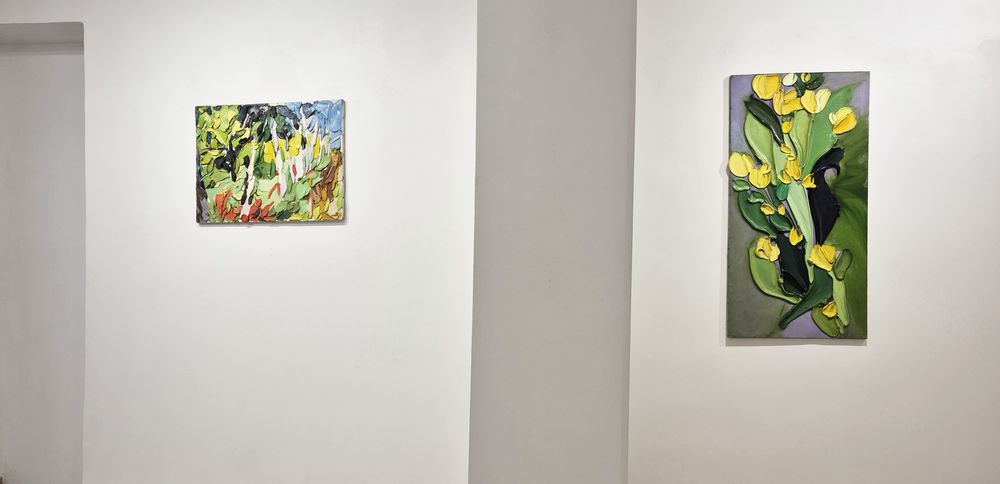RENATA RAMPAZZI
« NATURA VIVA »
29 March – 31 May 2025The shapes are somehow alive. (...) These are works which refer to the cultural climate of rebirth and blossoming of the 60s and 70s and characterized by a very strong vitalism, by a subject deeply experienced and treated. Which convey a feeling of fullness: “the fullness of living.” For the writer Lidia Ravera, Renata Rampazzi's flowers are “the symbol of the transience of beauty.” The flowers fade. They have sparkly liveries that are the opposite of durability. She therefore chooses flowers to describe the state of grace in which one is beautiful, the moment of flowering in the summer of life.
And at the same time, by loading them with her spatula strokes, her violent and vivid colors and a material painting, she tries as best she can to transform them into something that can resist the wear and tear of time. Which may not disappear. At the beginning of her career as an artist, she found the right oxymoron to tell what was dear to her at that moment, and which will be dear to her throughout her life, and which is the problem of all artists: the struggle between the ephemeral and the duration.
Her first important solo exhibition at the Galleria dello Scudo in Verona dates back to 1973. In 1974, she was invited to Asolo for a solo exhibition at the International Art Festival organized with the Maeght Foundation. In 1975, she exhibited at the Olivetti Center in Paris. She then decided to deepen her research by working first alongside Emilio Vedova, with whom she approached abstract expressionism, then with the Chinese painter Zao-Wou-Ki. In 1977, at the Vismara Arte Contemporanea Gallery in Milan, she exhibited deeply suffered works, marked by large wounds and marked expressionist gestures. Subsequently, the experience of oriental calligraphy combined with European informality will open up new horizons for her and mark her artistic career, giving her works the enigmatic and sensual aspect which had become her
personal signature. In 1979, she won the Bolaffi Prize.
In the early 1980s, she moved to Rome with director Giorgio Treves. Her works became particularly large in format and the brushwork more relaxed and rich in transparencies and colors. Her first works on paper with the techniques of gouache and oil pastel date back to these years. Coming into contact with the world of cinema and theater, for Family Group in an Interior, Luchino Visconti asked her for paintings in blue and purple tones and Margarethe von Trotta commissioned several paintings from her for L'Africana and Le Long Silence. She collaborated with Mario Martone for The Smell of Blood and with Valeria Magli for the costumes for the dance action La Chatte. In recent years, she has exhibited in important museums, fairs and galleries, notably at the Palazzo dei Diamanti in Ferrara (1984) and at the Petit Palais d'Art Moderne in Geneva (1989). In 1985, she received the Bolaffi Prize for the second time.


